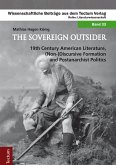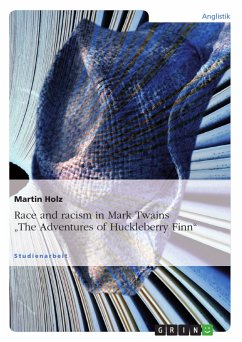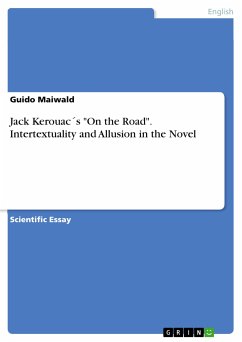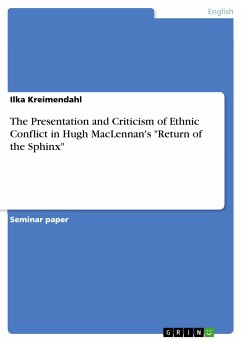Seminar paper from the year 2003 in the subject American Studies - Literature, grade: 1,0, University of Cologne, course: 19th Century Children's Literature, language: English, abstract: Mark Twain's novelThe Adventures of Tom Sawyer,first published in 1876, and its sequelThe Adventures of Huckleberry Finnof 1885 are widely known and praised as boyhood adventure stories. Both young and old are fascinated by the nostalgic portraits of American childhood, which are also blended with a good portion of social criticism. This essay will concentrate on the novels' depiction of South American society and on critical observations and comments made by the author. His attitude towards societal concepts of education, religion and slavery will be examined, as will the conflict between individual and social morality, which is highlighted in the two novels. The subsequent evaluation will consider the question whether Twain's criticism of his generation continues to be relevant today. Before I can embark, though, on the study of social criticism inThe Adventures of Tom SawyerandHuckleberry Finn,it is useful to have some background information about the period of writing and the author's notion of childhood, which will make it easier to analyse the novels in the context of 19thcentury American children's literature. Therefore, I am going to begin with a brief outline of the entirely opposing trends in juvenile fiction in the first and the second half of the 19thcentury.
Dieser Download kann aus rechtlichen Gründen nur mit Rechnungsadresse in A, B, BG, CY, CZ, D, DK, EW, E, FIN, F, GR, HR, H, IRL, I, LT, L, LR, M, NL, PL, P, R, S, SLO, SK ausgeliefert werden.









